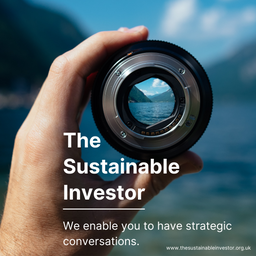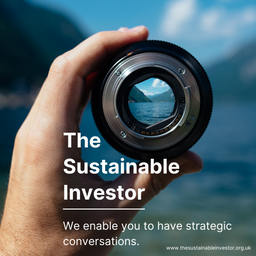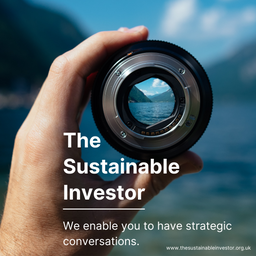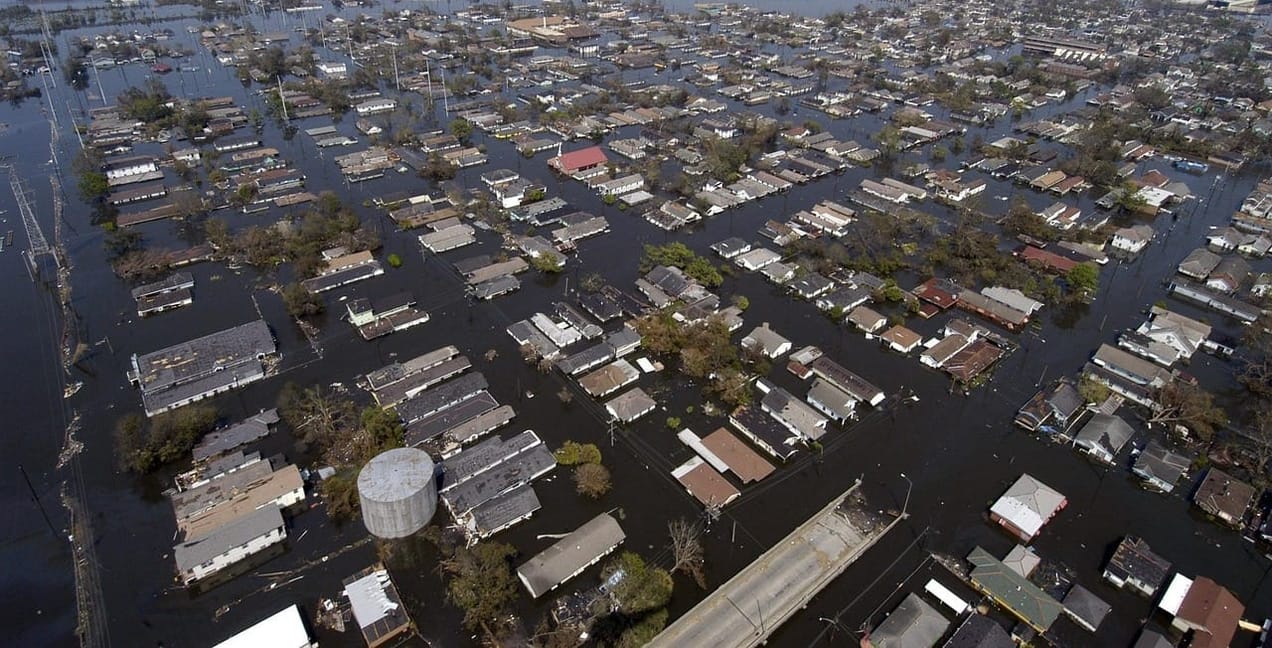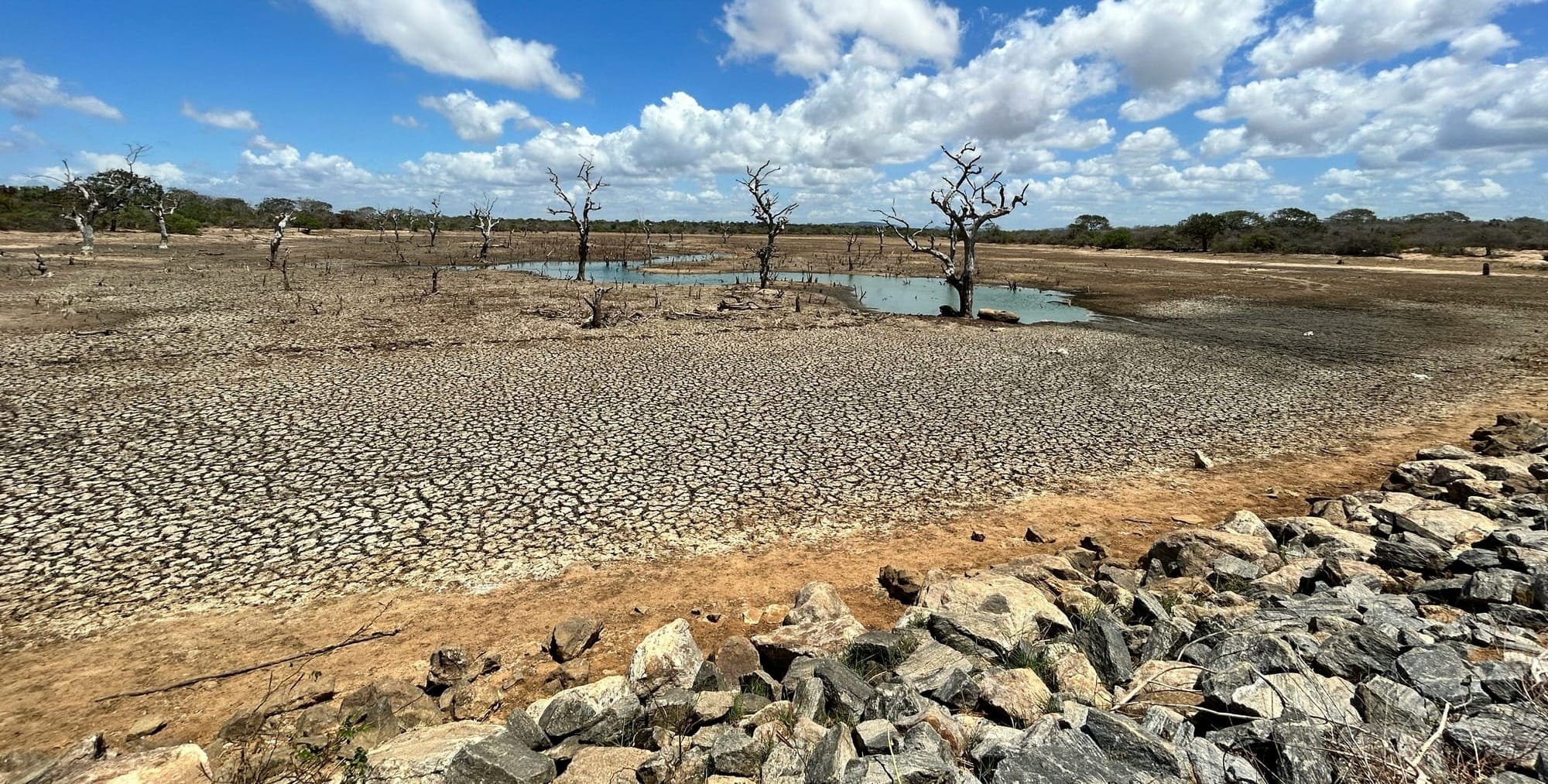
Sunday Brunch: the future is not evenly distributed
It's often hard to get people to worry about the long term when the short term looks fine. This bias is a real challenge in sustainability. It can not only lead us to underestimate the financial risks, it can also lead us to misunderstand them. Global agricultural production is a great example.
I worry that many investors are ignoring the risks of climate change as they impact agriculture. But I also worry just as much that in simplifying the story, we end up shifting the focus away from what we as investors can really change. It's too easy to get so absorbed in the big picture that we lose the detail.
What do I mean by this ? We need to understand the nuances. Let's take as an example global food production.
The science tells us that climate change is likely to have a material negative impact on global food production and food security. It's clear to me that this is something I want the companies I am invested in to be considering, and acting on. Supply chain resilience matters in all sorts of ways.
But, it's also clear that not all agricultural commodities and producing regions will be impacted equally. Some countries may see extended growing seasons, which could be beneficial for both the types of crops that can be grown, and their yields. And technological advances can bend the curve.
Additionally, just because the mid to long term impact will likely be a net negative, it doesn't mean that things will get slightly worse every year. We could have some years of positive impact before the long term negative trend kicks in. Weather is different from climate. Some people wrongly use this as an excuse not to act.
By over emphasising the negative global impacts we make it too easy for our analysis at a company level to be criticised. And we can miss opportunities to get companies to deliver actions that can make a real difference on the ground.
I want to (briefly) start with the long term risks, and then highlight how short term and regional impacts can alter the investment and engagement narrative.
Yes, we need to focus on the long term
As a recent UK Met Office and World Food Programme report set out, the rise in average global temperatures over the coming decade is likely to lead to many regions facing significant challenges that could jeopardise food availability, access, utilisation, and stability.
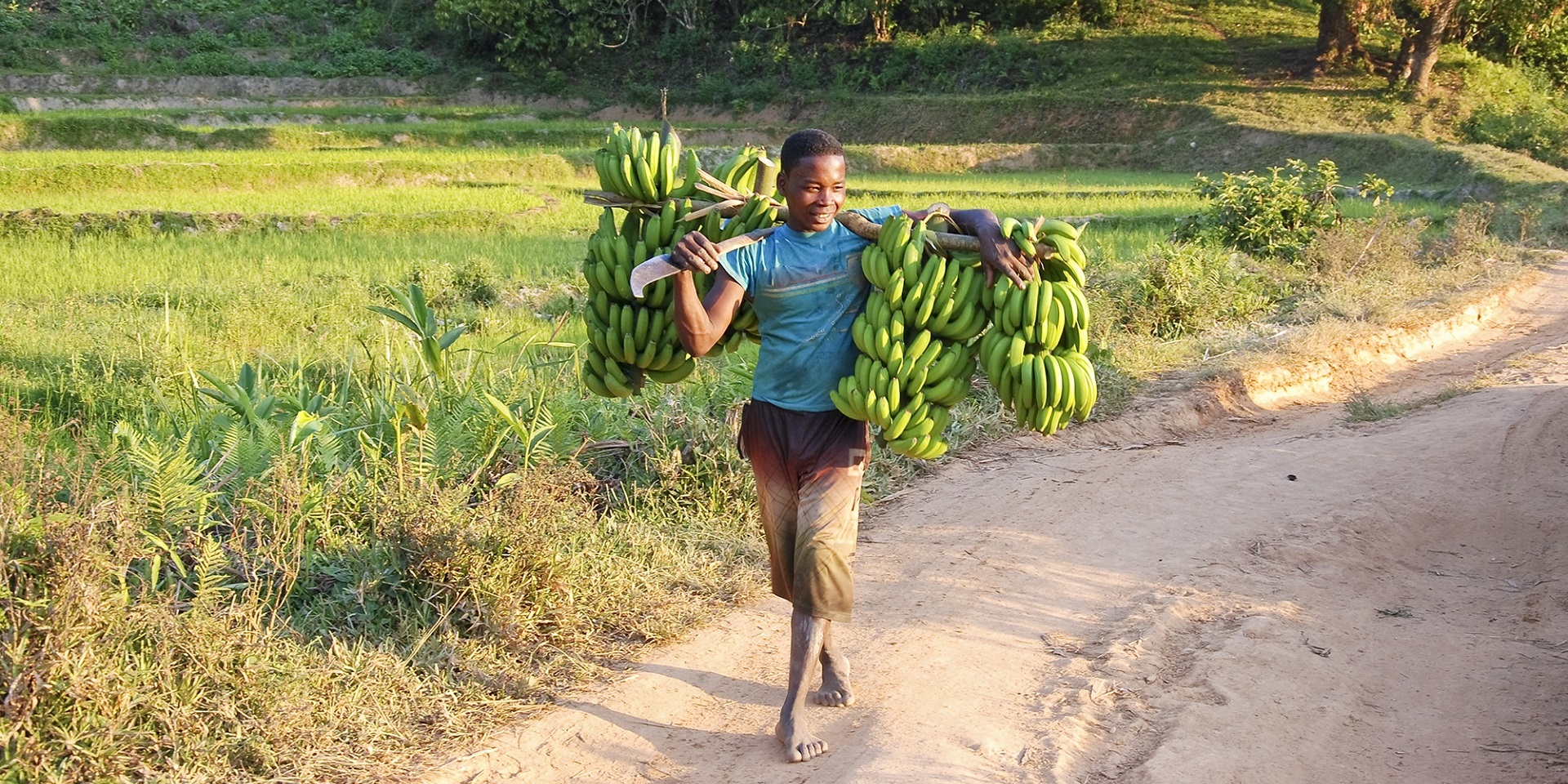
They highlighted seven key risks. My key three are:
Rising temperature - heatwaves can damage crops during critical growth stages and reduce livestock productivity.
Changing precipitation patterns - this is especially a risk for regions dependent on rain-fed agriculture, where even small shifts in rainfall timing or intensity can have major consequences for food production.
Drought and water scarcity - this is one of the most significant threats as it can reduce crop yields, deplete water supplies, and affect livestock health. Many regions are seeing this already, but it's a 'creeping' challenge.
On top of this we have flooding, sea level rise, extreme weather events, and tropical storms.
To me it's clear that we want the companies we are invested in to work to reduce the impact of these changes. No, they cannot do it on their own, they need governments to also be involved. But even on their own they can make a positive difference. And it can often make good financial sense as well.
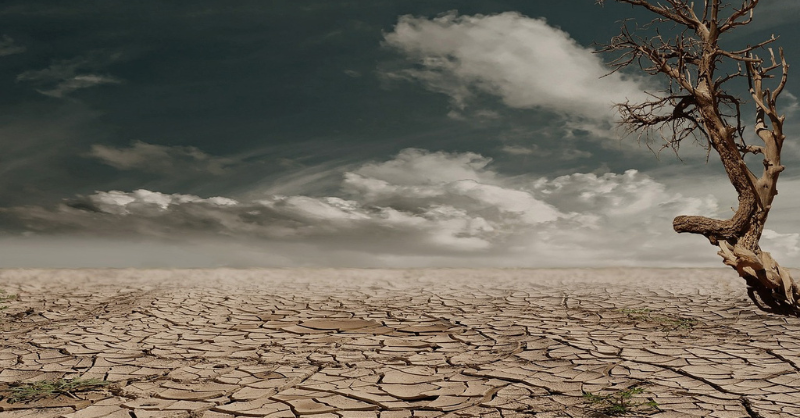
But we also need to be aware of the nuances
Not all regions will be equally impacted. For some the change could be a positive. This is a really important topic that I want to come back to. Plus we know that improved dissemination of technology can also help, especially in improving yields (more product from the same land).
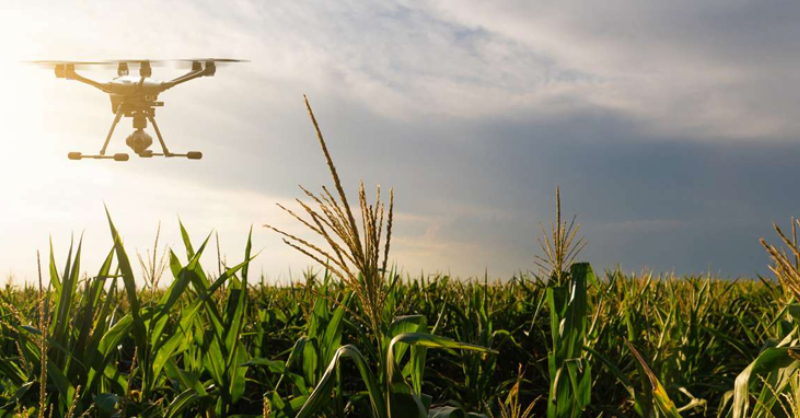
But even we we take these factors into account, it is very possible that in the short and mid term, some regions could see improved agricultural production and output. This can be the case even in regions where the longer term outlook is poor.
A really interesting blog from Hannah Ritchie (of Our World in Data fame) set out how the world is on track for record harvests this year. Yes, you read that right. Despite the negative impacts we have seen this year from floods and drought, the US Department of Agriculture is projecting record production of the key global agricultural crops.
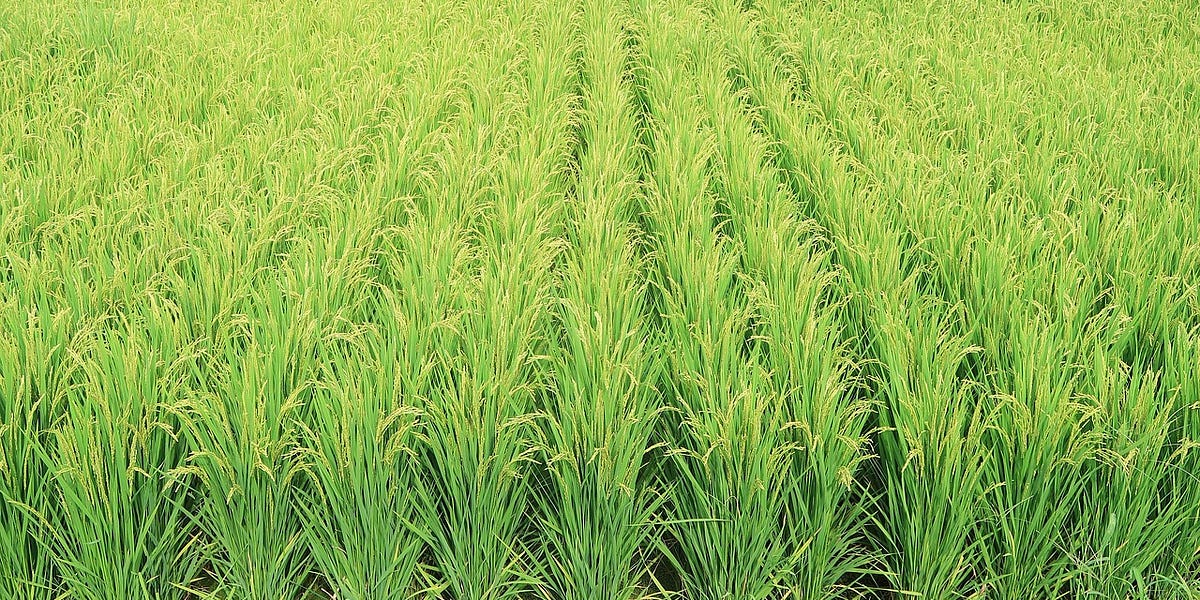
As Hannah highlights, corn (maize) and wheat, in particular, have seen large increases this year. Soybeans are also expected to see a record. And among the other key commodities rice is holding stable against last years record crop. The negative is that sorghum and millet are not showing much growth, a disturbing continuation of recent trends. She also highlights that corn, wheat, soybeans, and rice are all expected to see record yields this year. This is important as producing more food from higher yields means using less land for farming (and the benefits that come with it), and it also means better returns for farmers.
But, it's not all sunshine and light. If you dig down into the detailed regional data you will see that there are key regions where production and yields have got worse. Specifically ...
The Balkans in southeast Europe have had two consecutive years of extremely difficult summer conditions. After a record or near-record winter wheat crop, conditions dramatically worsened in June when many areas received no precipitation. July and August also recorded below-average rainfall and excessive, damaging temperatures.
What we want companies to be clear about is not just what commodities they purchase, and also where they come from. And how material the risk could be that their supply chains get disrupted in the future. And of course, what they plan to do about it.
To be clear
This is not an argument for doing nothing. Or one that suggests that global warming could be good for agricultural production.
If you want to learn more about the threats to global agriculture, and some of the actions that we can take to mitigate them, the Our World in Data material is a good place to start.

Just a reminder, this is not investment advice. Regular readers will know that the debate about if a company makes a good investment is largely about the price you have to pay for the shares. And how this compares with your estimate of fair value. A company can be poorly placed in its industry, and still be 'cheap'.
One last thought
We generally write about sustainability actions and solutions that help the wider society and that provide long term financial benefits for the company. These are mainly focused on transition risk and adaption. But every now & then it's good to highlight the bigger picture.
The big message is that a radical food system overhaul could deliver US$10 trillion per year in benefits ! A report from the Food System Economics Commission (FSEC) argues that the current set up of food systems globally (i.e. what food we grow, how we grow it and how we distribute it to people) has a cost far bigger than their contribution to global prosperity and is on an unsustainable trajectory.
However, whilst a radical overhaul of the global food system to make it more sustainable could raise agricultural commodity prices by approximately one third by 2050, this would be outweighed by US$5 trillion to US$10 trillion per year in benefits - that represents 4% to 8% of global GDP in 2020.
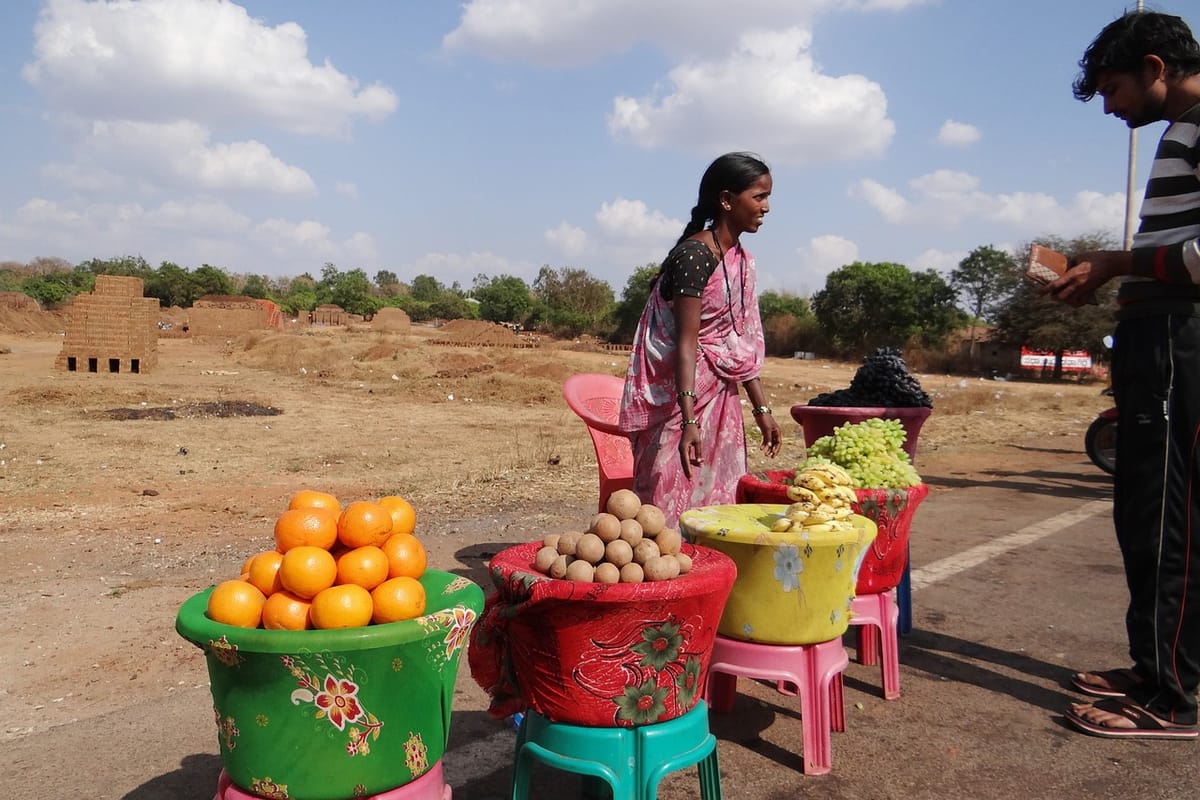
Grant me the strength to accept the things I cannot change, the courage to change the things I can, and the wisdom to know the difference. Reinhold Niebuhr - a Lutheran theologian in the early 1930's
Please read: important legal stuff. Note - this is not investment advice.

